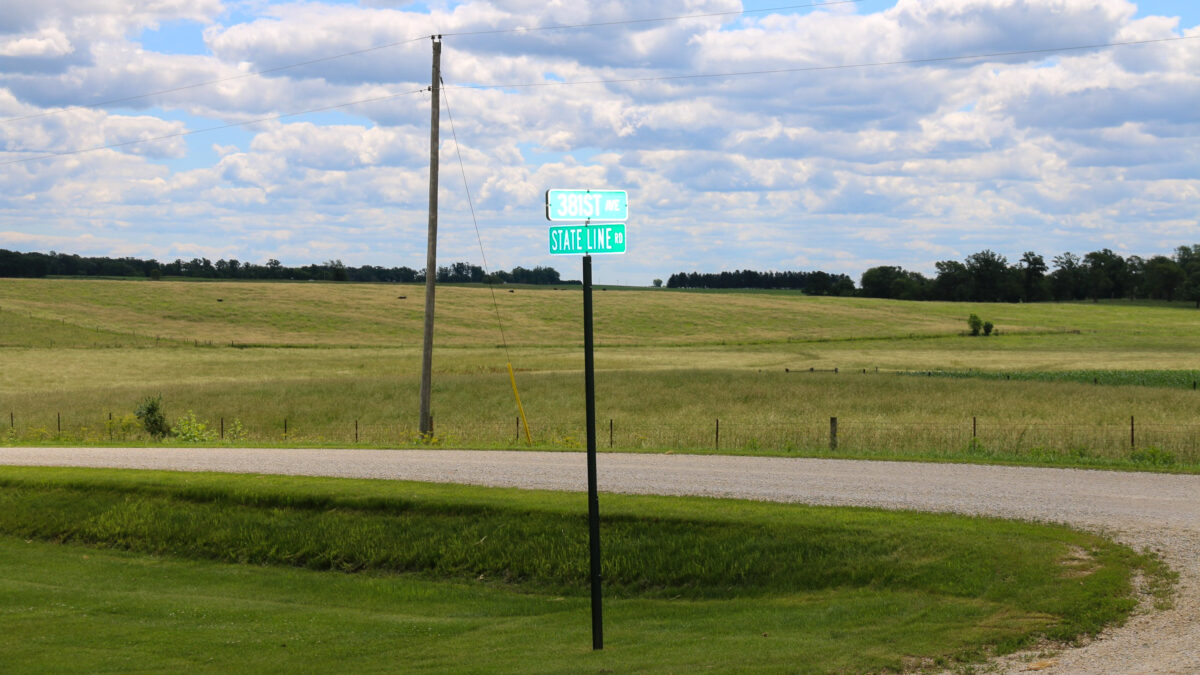Rescued by a Rancher
Guest Author
Special Contributor to FB.org

photo credit: Alabama Farmers Federation, Used with Permission
Guest Author
Special Contributor to FB.org
By Stewart Truelsen
In October a Utah rancher was driving a utility terrain vehicle to check on his cattle in the Grand Staircase-Escalante National Monument when he came upon an elderly woman lying on a rocky, remote road. She was confused and dehydrated after being stranded for six days in one of the last explored areas of the continental United States.
Her husband was found a half mile away in an abandoned trailer near a corral. Gerald Byler, 76, and his wife, Helena, 78, of Texas were driving a rental car from Kanab, Utah, to Lake Powell on the border of Utah and Arizona. Somehow their GPS took them off course.
The Grand Staircase-Escalante National Monument is nearly 3,000 square miles of Utah backcountry with sandstone cliffs, slot canyons, hoodoos, arches, slickrock and washes. In nearby Zion or Bryce Canyon National Parks, the couple might have been found a lot sooner. But, the Grand Staircase is more remote, less-visited, and this was at the end of the tourist season.
Dell LeFevre, the rancher who found Mrs. Byler, is quoted as saying, “It was just lucky I went that way that morning.”
The rental car they were driving did not have four-wheel drive, and when the road became impassable they set out on foot, spending the first night outside in cold rain. They had no water or provisions, and no idea where they were going. Mrs. Byler went on ahead for help leaving her husband behind when he could go no farther. He crafted an SOS out of rocks and flowers and awaited his fate.
Dell LeFevre, the rancher who found Mrs. Byler, is quoted as saying, “It was just lucky I went that way that morning.” In fact, it was lucky that any rancher was even on that public land. Environmental activists have been crusading against grazing allotments on the Grand Staircase ever since it was designated a monument in 1996.
At the time, President Bill Clinton said, “Nothing in this proclamation shall be deemed to affect existing permits or leases for, or levels of, livestock grazing within federal lands within the monument.”
Twenty years before in 1976 the Federal Land Policy and Management Act required that federal rangelands be managed for multiple-use, including livestock grazing, other economic interests, recreation and scientific purposes, so long as there was not significant degradation of the natural resources.
Not long after that, environmental activists pledged to make the West cattle-free. They haven’t succeeded yet, but they have managed to put a lot of ranchers through the ringer with lawsuits against federal agencies and general harassment. They complain constantly to the Bureau of Land Management.
If you think cattle must be roaming all over southern Utah, you are wrong: they are not. You’d be lucky to notice more than a few cows and calves on a typical vacation within any of the red-rock parks of southern Utah. While European visitors especially love the West and the ranching way of life, Americans sometimes identify with the groups trying to shut down this business and lifestyle.
A study by Utah State University published in 2015 concluded that livestock grazing on the Grand Staircase Escalante National Monument provides “significant economic benefits” to the region. The value was in the tens of millions of dollars.
The Bylers were grateful that a rancher found them before it was too late. If the cattle-free crowd had their way, he wouldn’t have come along at all.
Stewart Truelsen
Freelance writer
Stewart Truelsen is a food and agriculture freelance writer and a regular contributor to the Focus on Agriculture series.